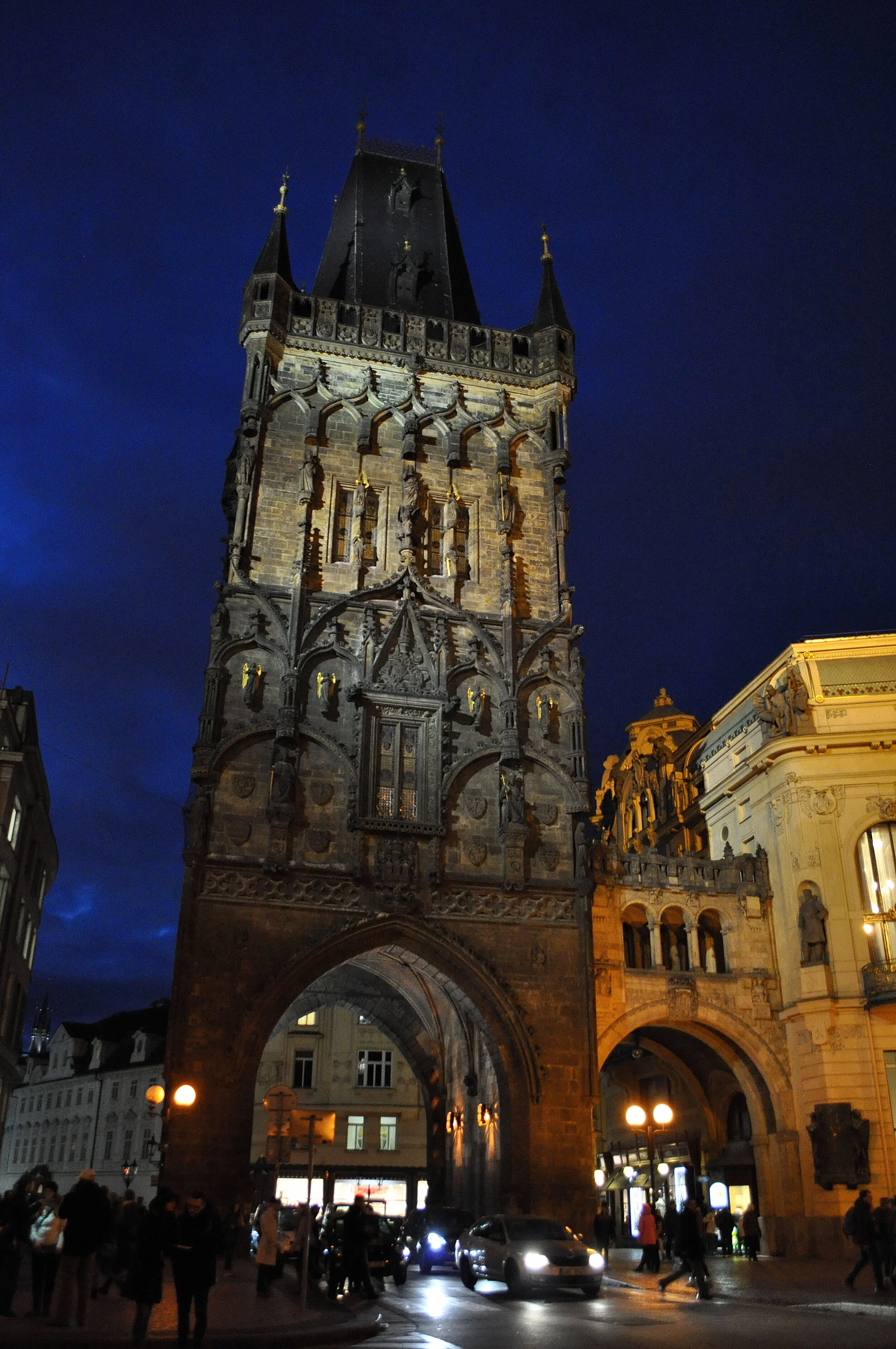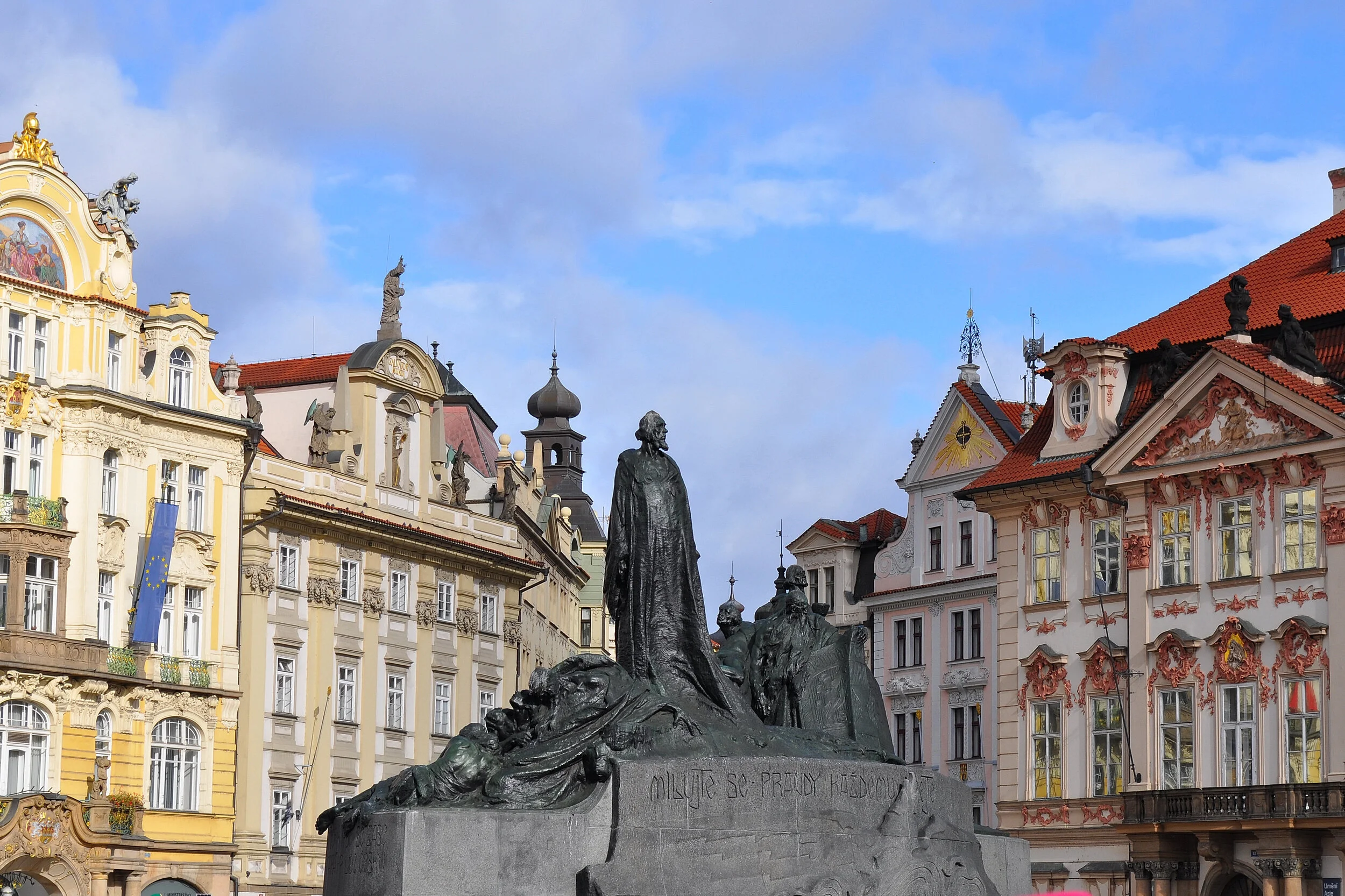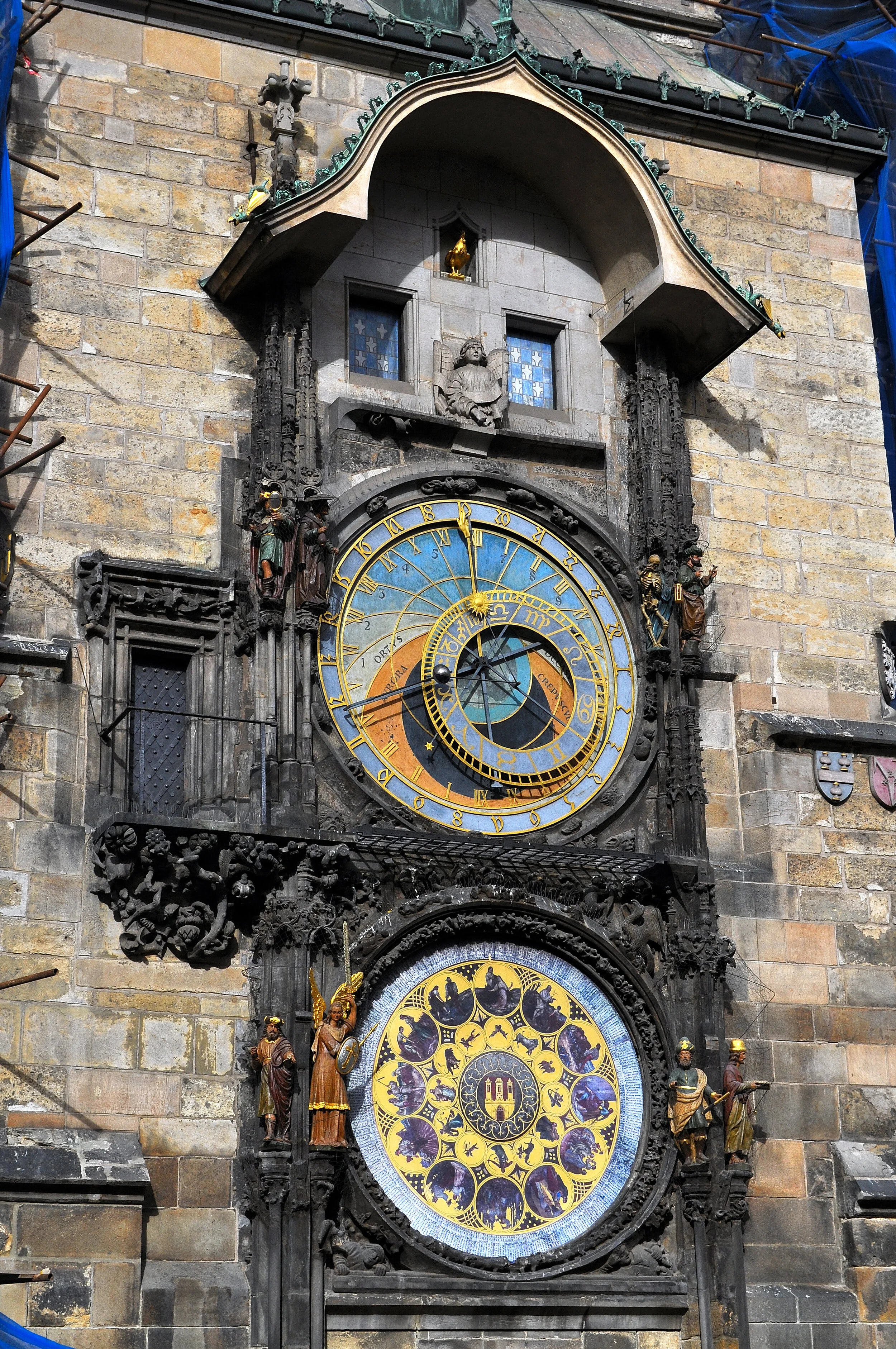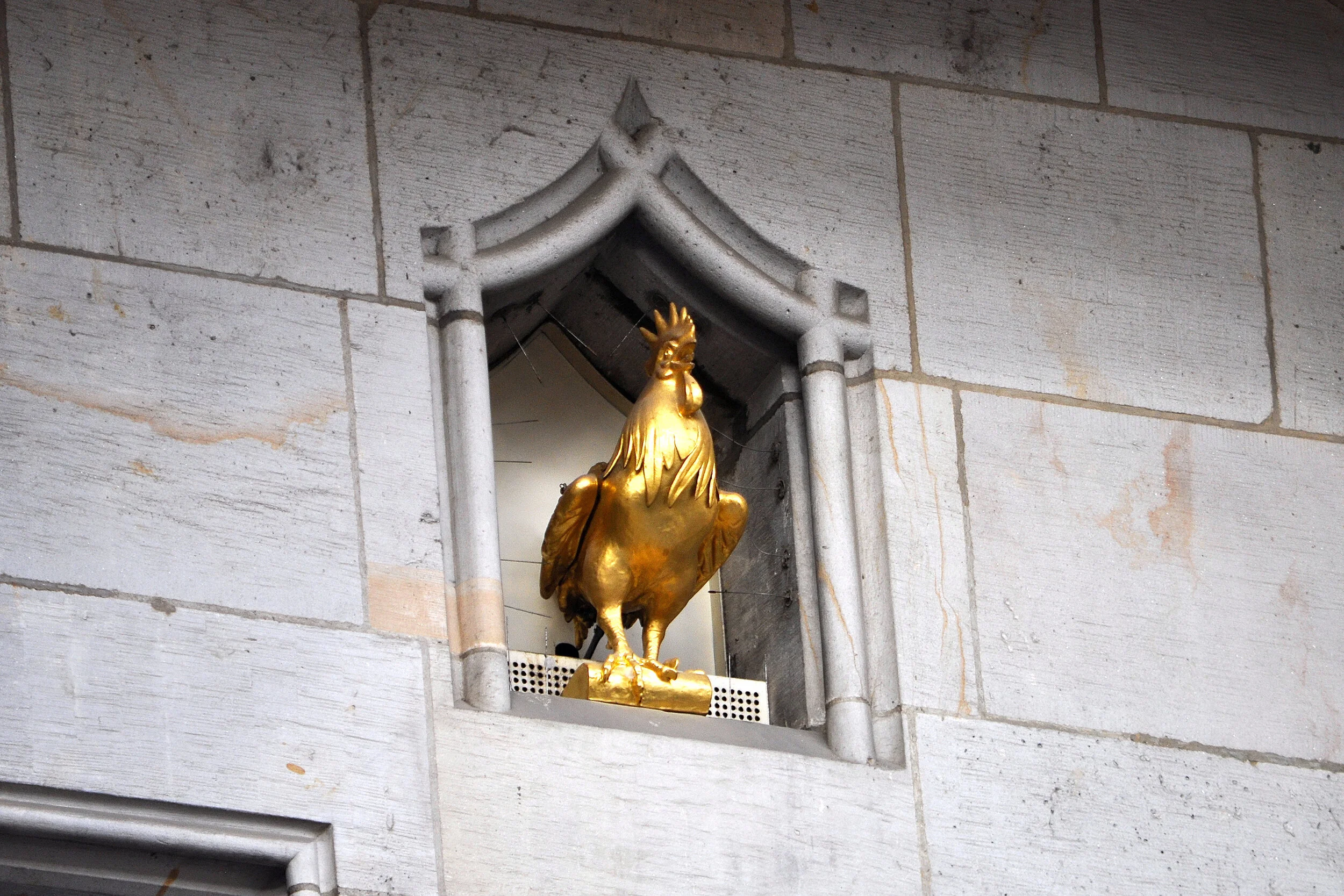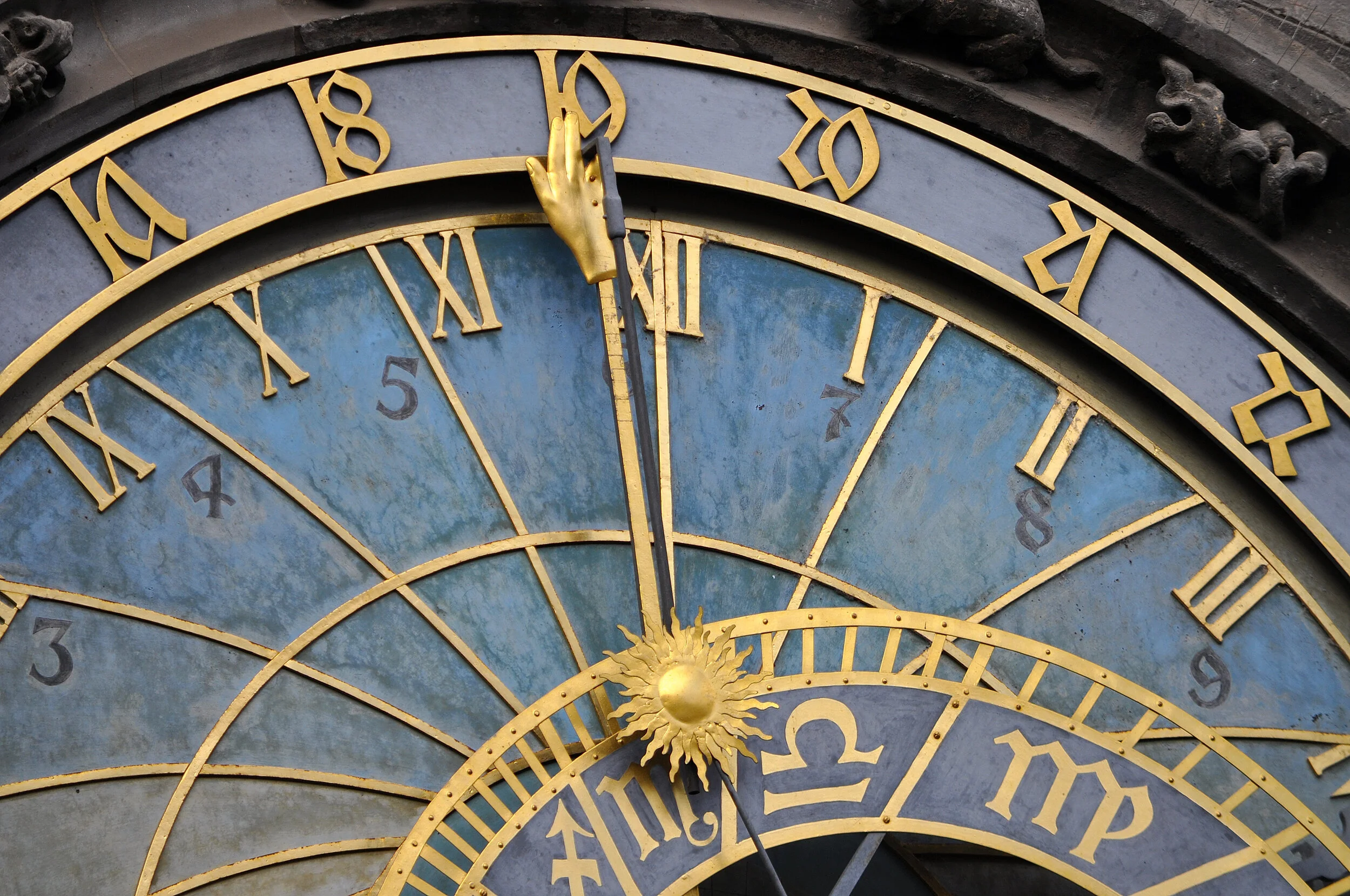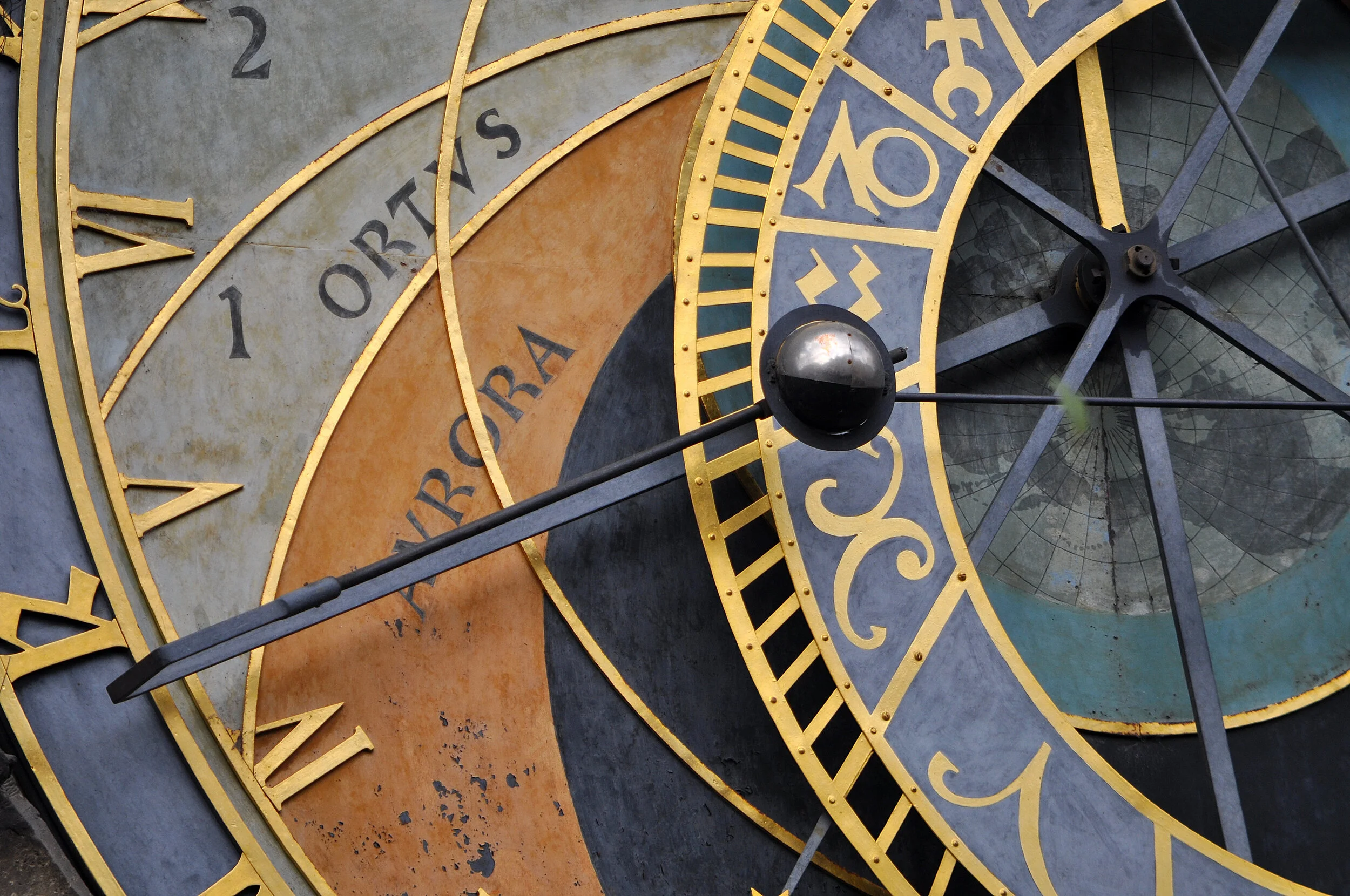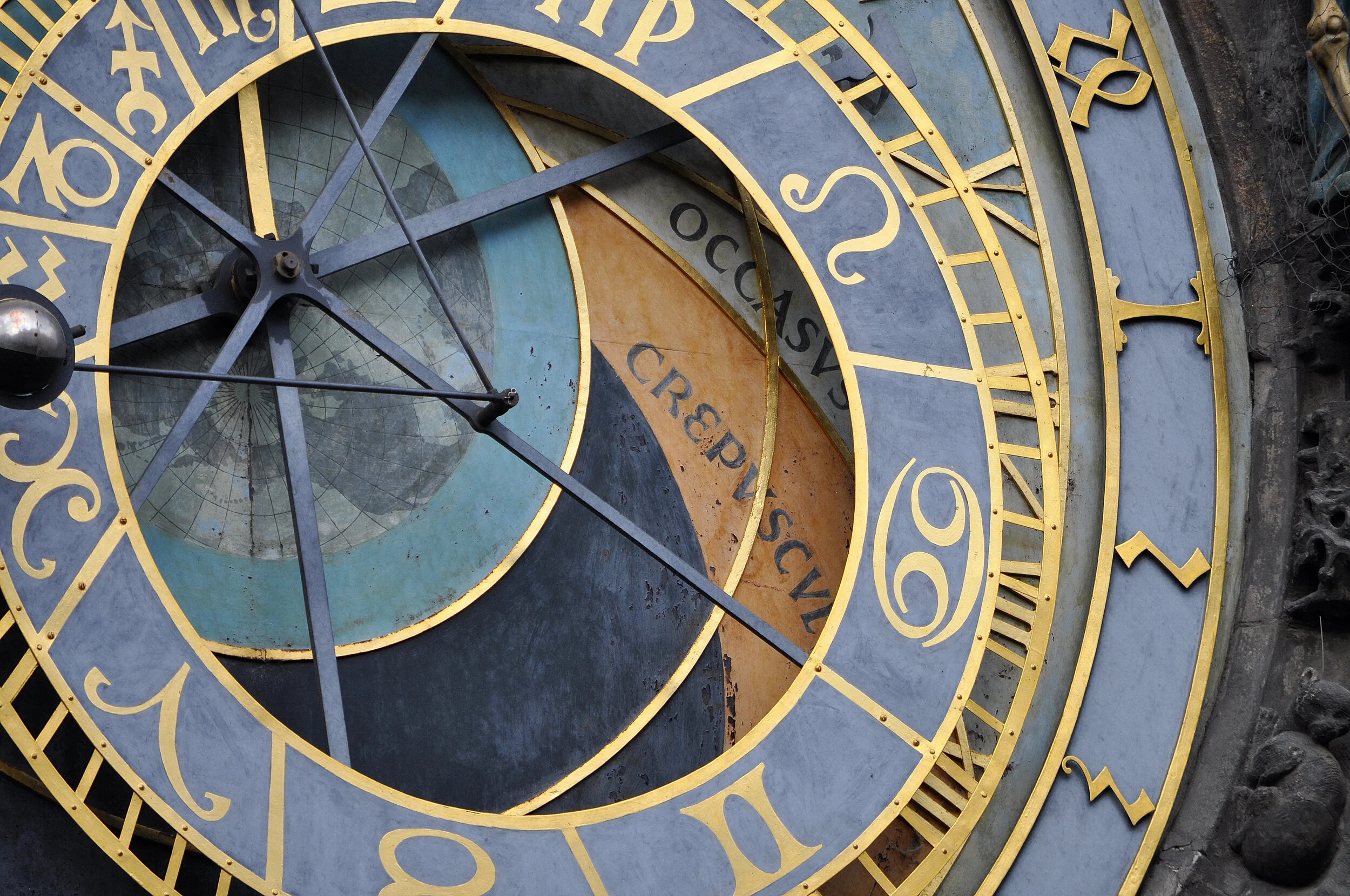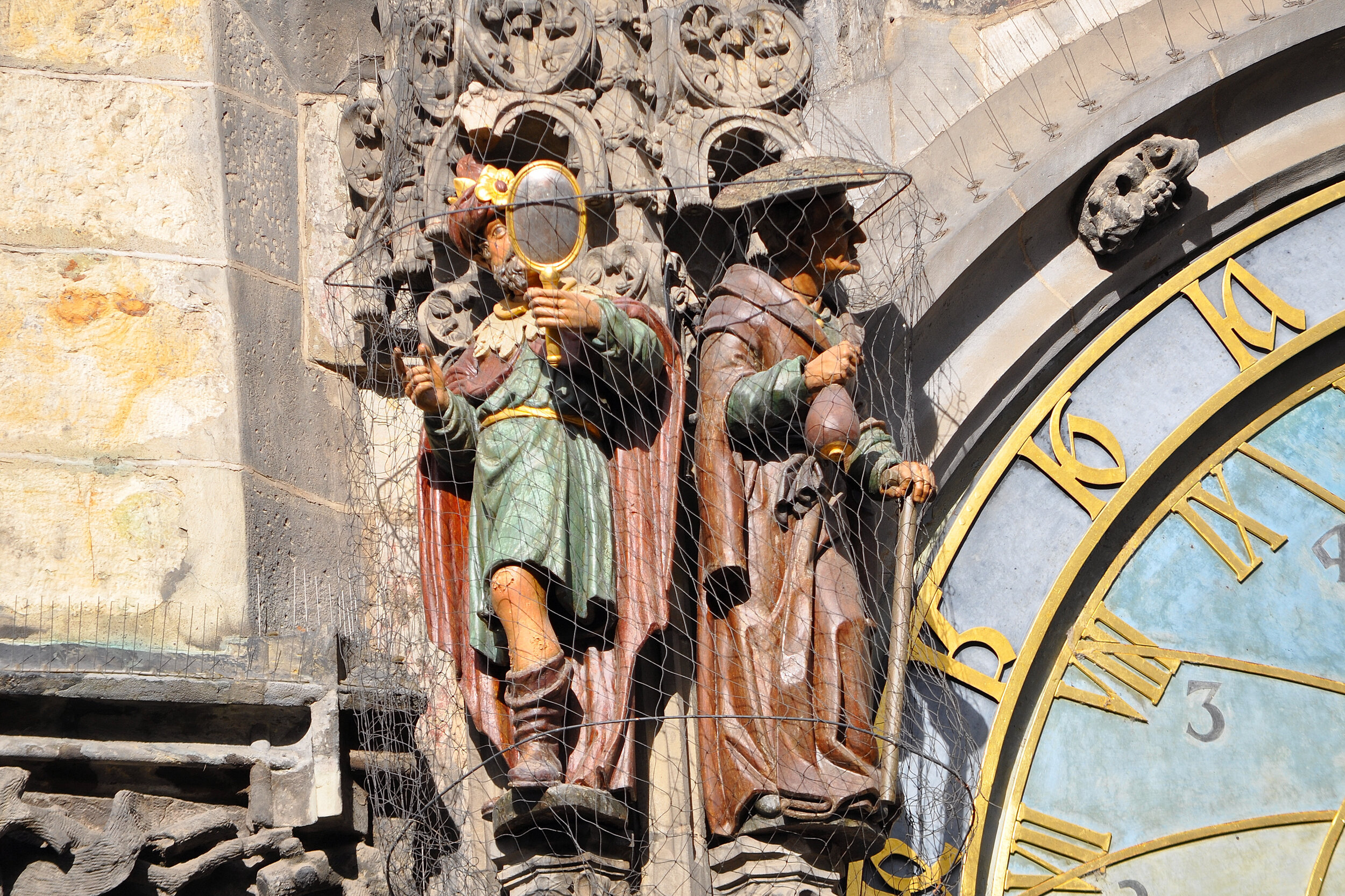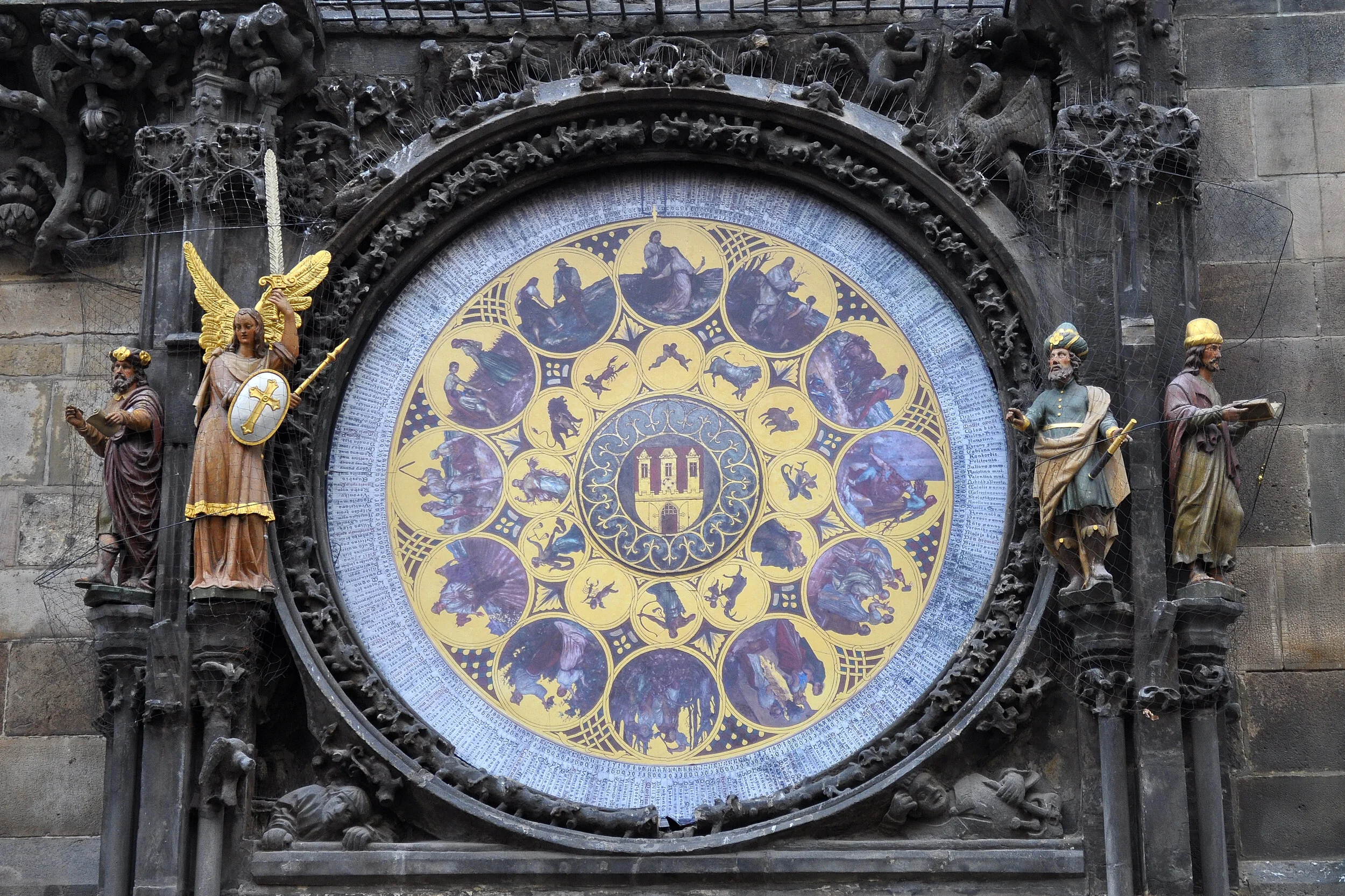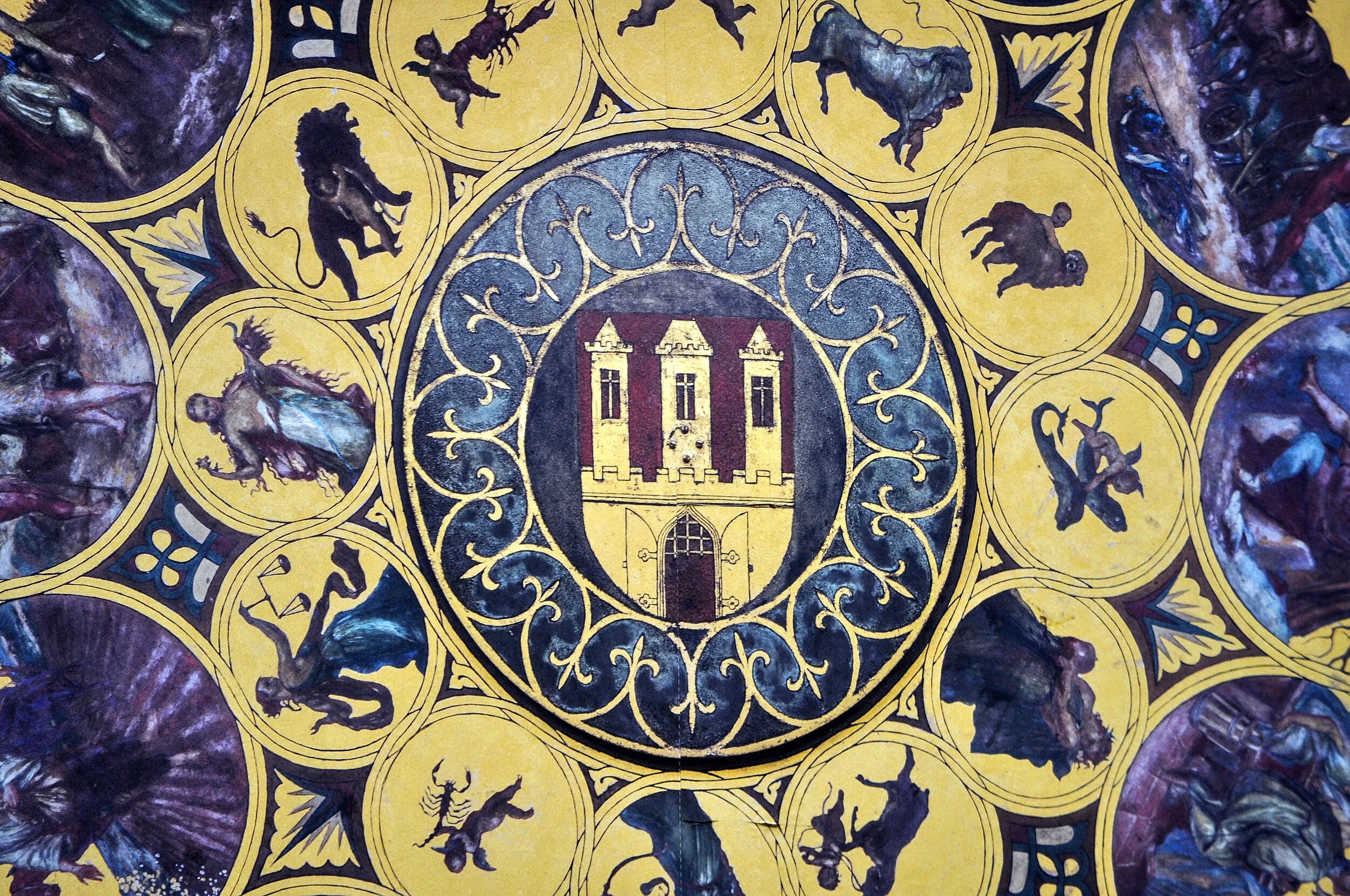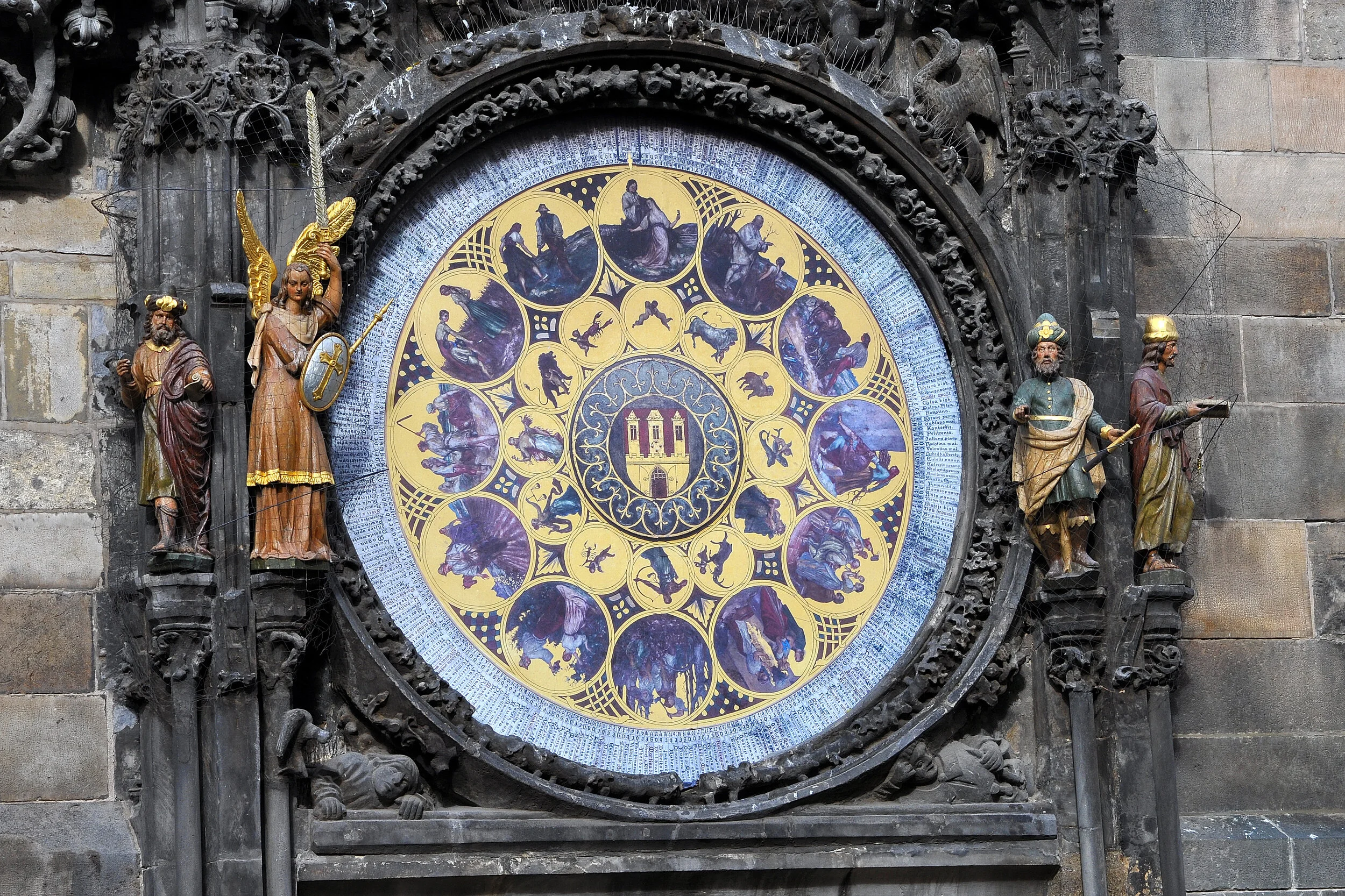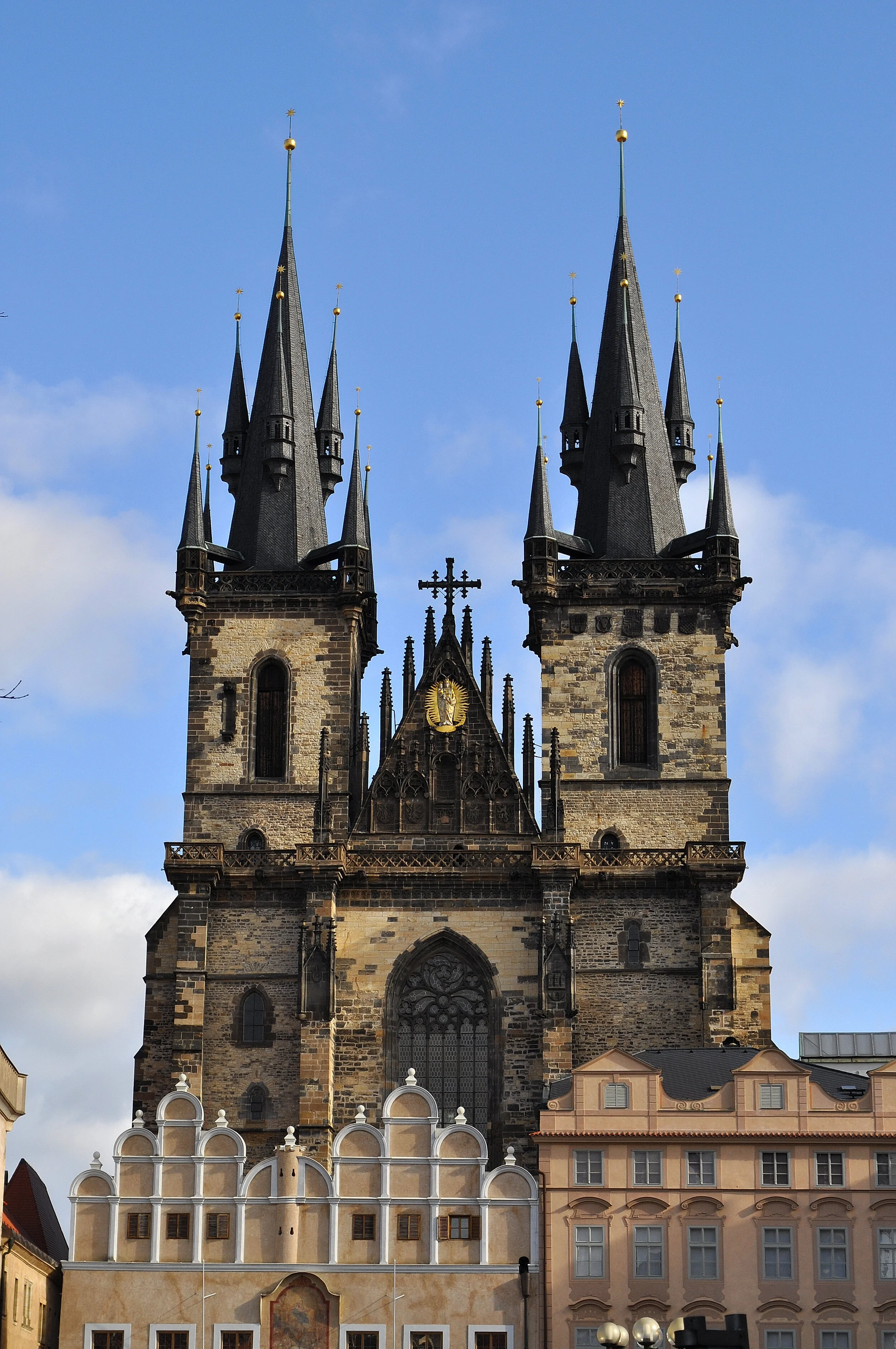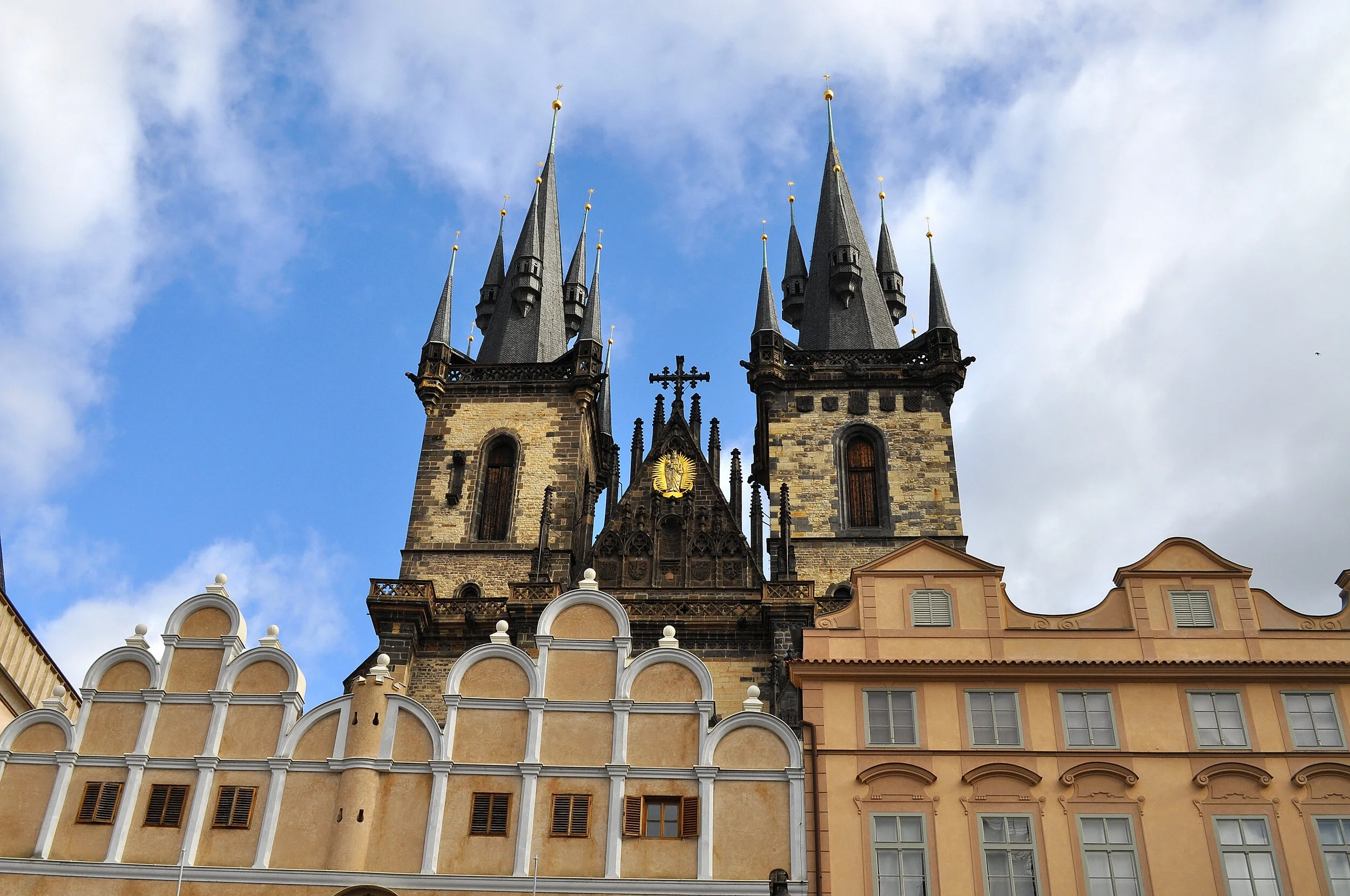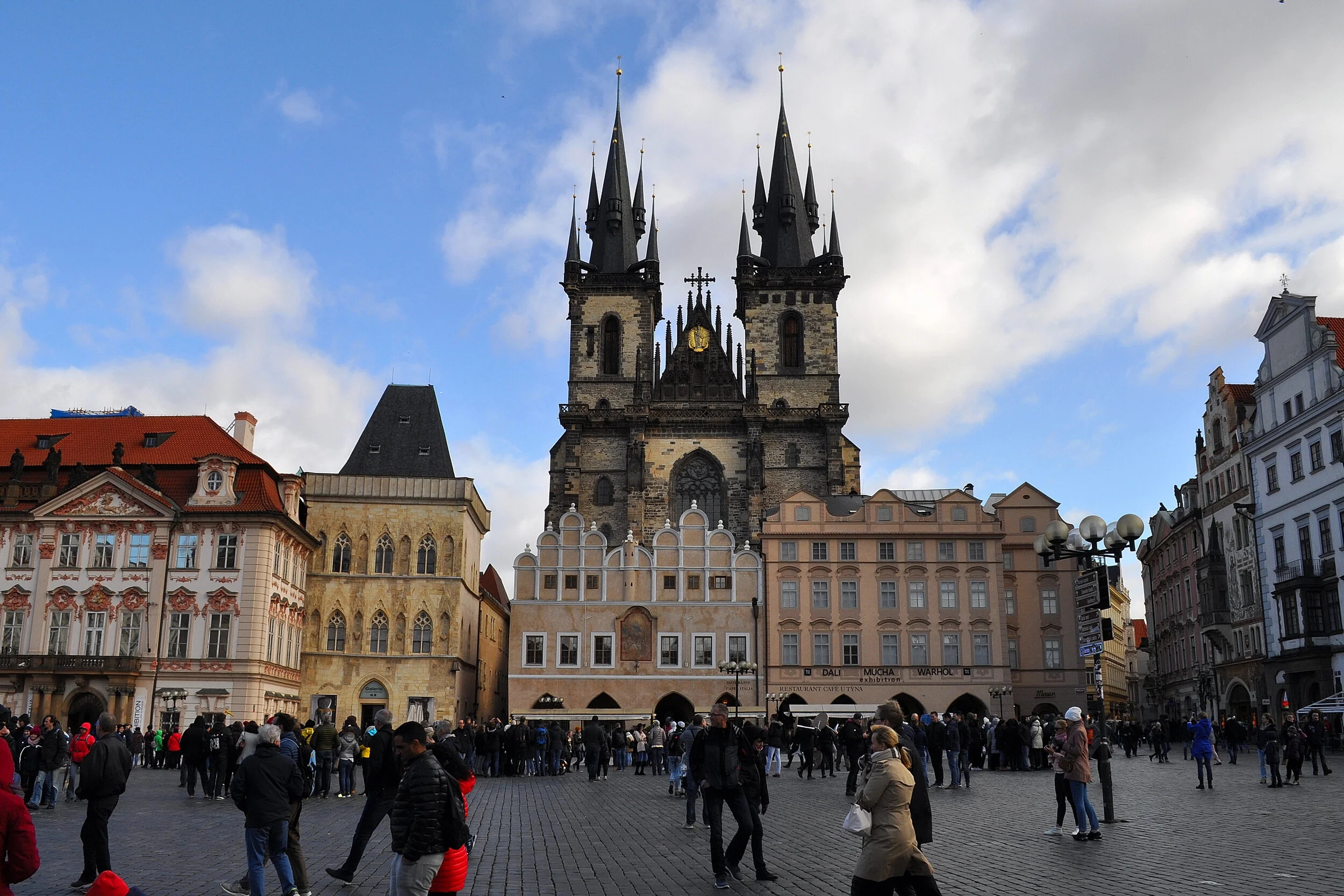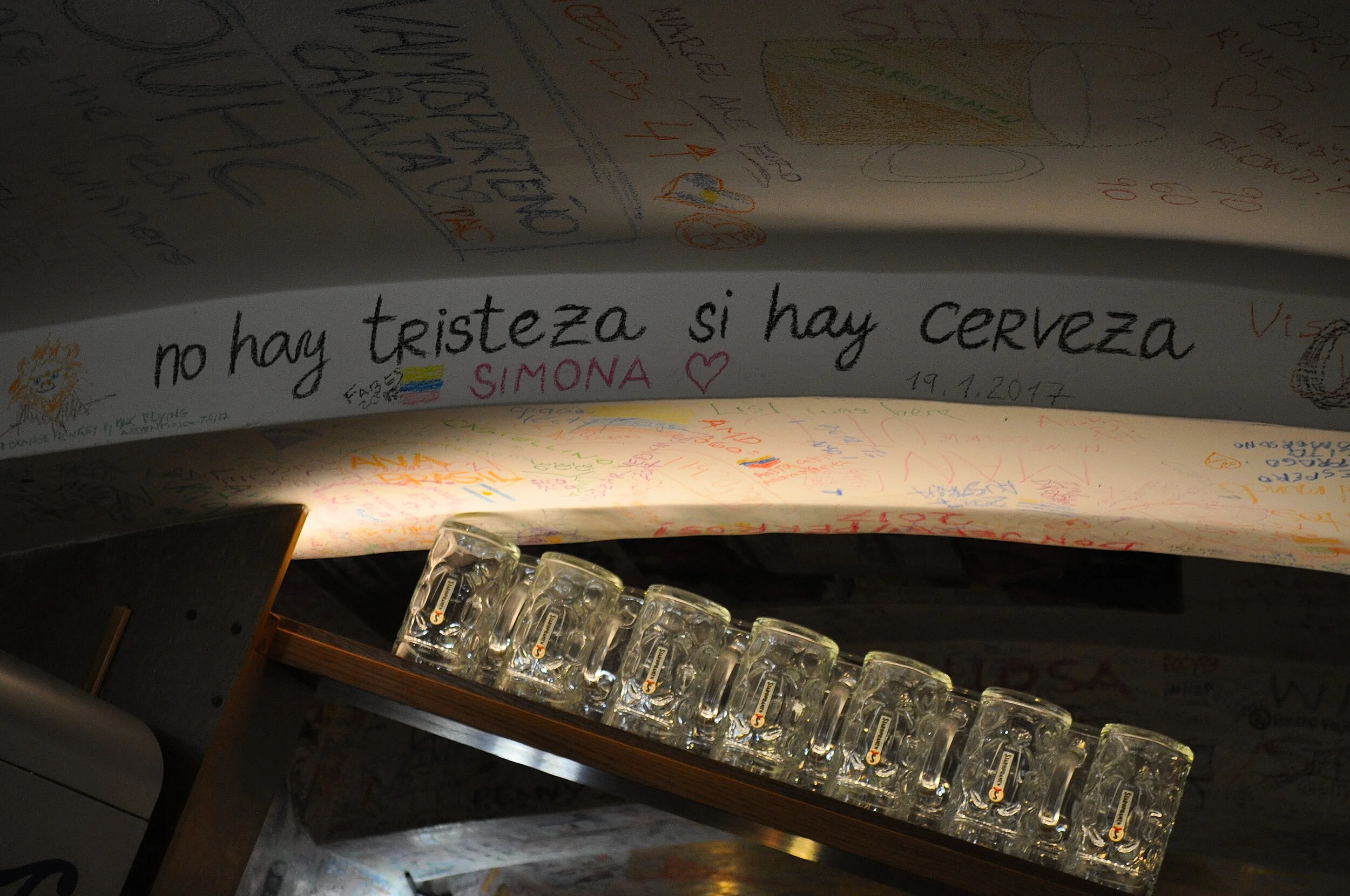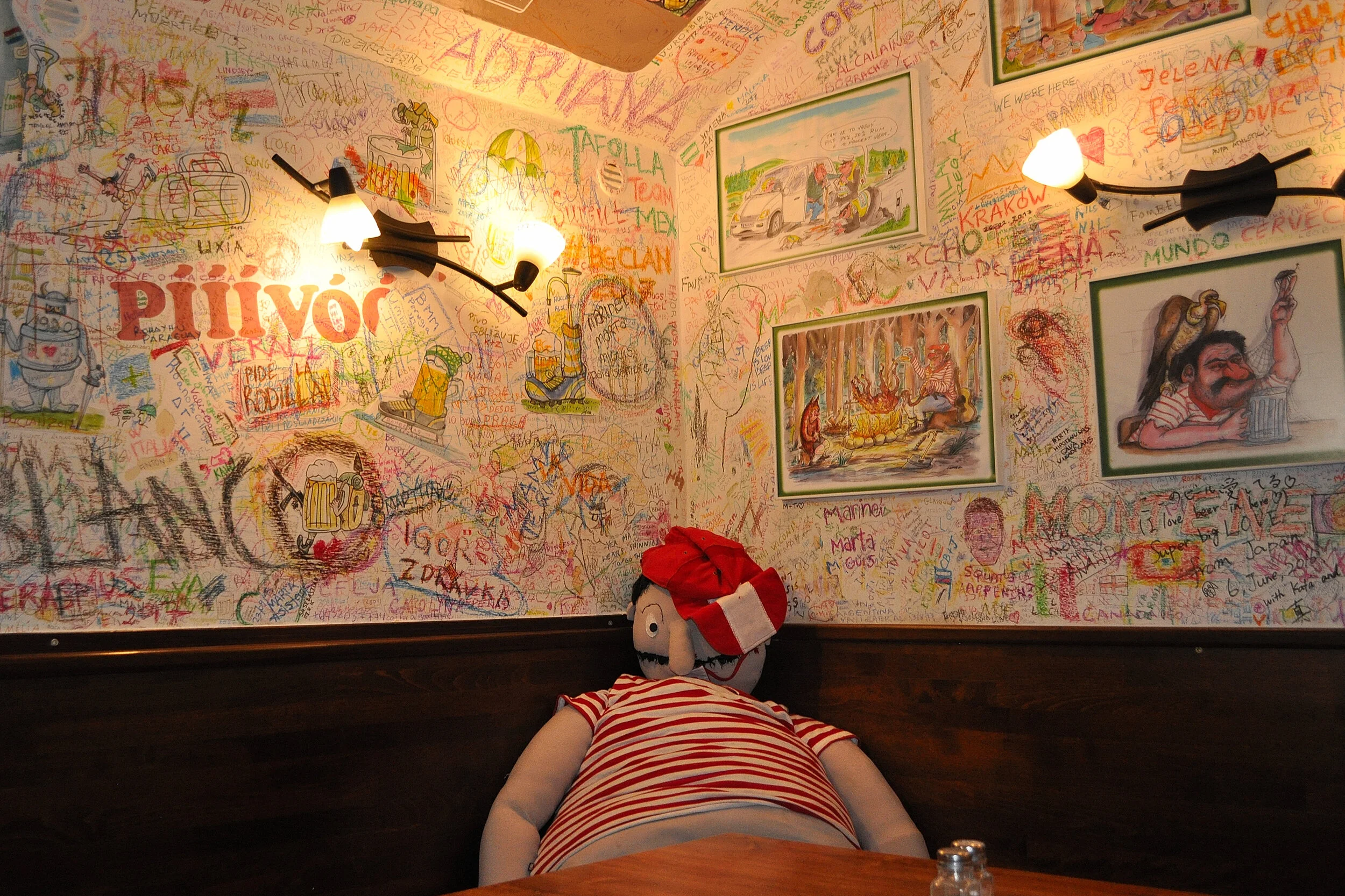Discovering the Old Town
Angela: after lunch, we dedicate our first afternoon to an initial walk through the city.
Piero: our tour begins at the Powder Tower (Prašná Brána), which is just a stone’s throw from our apartment. Standing 44 meters tall, the tower dates back to 1475 and is one of Prague’s most important late Gothic monuments. It served as the ceremonial entrance to the Old Town (Staré Město), where the coronation processions of Bohemian kings once passed through. It’s called the Powder Tower because it was once used to store gunpowder.
The Old Town Square
Angela: from here, we head to the heart of Prague’s historic center: the Old Town Square, where some of the city’s most iconic buildings face each other—such as St. Nicholas Church, the Town Hall with its astronomical clock, and the Church of Our Lady before Týn.
Piero: some of the most important events in the country’s history are tied to this square, and at its center stands the statue of Jan Hus, a symbolic figure of Czech nationalism and a forerunner of the Protestant Reformation.
Angela: St. Nicholas Church is a beautiful example of Baroque architecture, perhaps unique for this style at these latitudes. Its dome has a diameter of 20 meters, while its highest point reaches 49 meters. It is the oldest church in the Old Town; it’s definitely worth visiting inside for the ceiling and vault frescoes and the sculptures decorating the walls.
Piero: one of the main attractions of the square is definitely the monumental astronomical clock — a must-see every time the clock strikes the hour! The clock, located on the facade of the Town Hall, dates back to the Middle Ages, with additions made over the following centuries, and features a very complex mechanism that still works perfectly today. All its components carry strong symbolic meaning, and its charm is enhanced by a veil of mystery surrounding its inventor, who never revealed the mechanism’s secrets to anyone. Essentially, it is divided into three parts:
at the top, there are two small windows on either side of a golden rooster that open every hour from 9 a.m. to 11 p.m., starting the procession of the apostles;
the central part is purely astronomical, showing all the information about the positions of the sun and moon, surrounded by the zodiac signs, with the earth at the center according to medieval worldview;
the round dial at the bottom represents a kind of calendar, depicting the twelve months of the year, each inside a medallion.
A special detail: on the sides of the two lower dials are highly significant figures; next to the astronomical dial stand the four figures representing the seven deadly sins: the skeleton symbolizing death, the Turk indicating lust and pleasure, a vain man holding a mirror symbolizing vanity, and a traveler with a bag of money representing greed. These figures also move along with the apostles’ procession. Beside the calendar dial below, there are figures representing science and wisdom: a wise man holding a book symbolizing philosophy, an angel with sword and shield representing theology, a second wise man with a telescope symbolizing astronomy, and a last wise man symbolizing mathematics or history.
Angela: it’s a marvel to watch, if it weren’t for the windstorm that day…
Piero: another iconic monument of the square and Prague is the Church of Our Lady before Týn, with its famous Gothic spires dominating the square. The two bell towers are about 80 meters tall and have the unique feature of being slightly different from each other—one slimmer and shorter than the other—metaphorically representing feminine and masculine beauty. Unlike other majestic churches, it doesn’t reveal its full grandeur because it’s partially hidden behind a cluster of houses built right against the walls. For this reason, you can admire its impressive beauty only from a considerable distance. Finding the entrance isn’t easy: it’s accessed through a hidden alley starting from the square. It’s worth visiting the interior, which houses a rich artistic heritage of Gothic, Renaissance, and Baroque works.
Angela: da non perdere ancora Palazzo Kinský, un edificio rococò testimone di molti eventi storici di Praga e oggi sede della Galleria Nazionale. Kafka vi ha studiato quando qui vi era un importante liceo e, il 25 febbraio 1948, sul balcone del palazzo, tenne il suo discorso Klement Gottwald, dando così inizio all’era comunista in Cecoslovacchia.
Angela: not to be missed is Kinský Palace, a rococo building that witnessed many important historical events in Prague and today houses the National Gallery. Kafka studied here when it was an important high school, and on February 25, 1948, Klement Gottwald delivered his speech from the palace balcony, marking the beginning of the communist era in Czechoslovakia.




